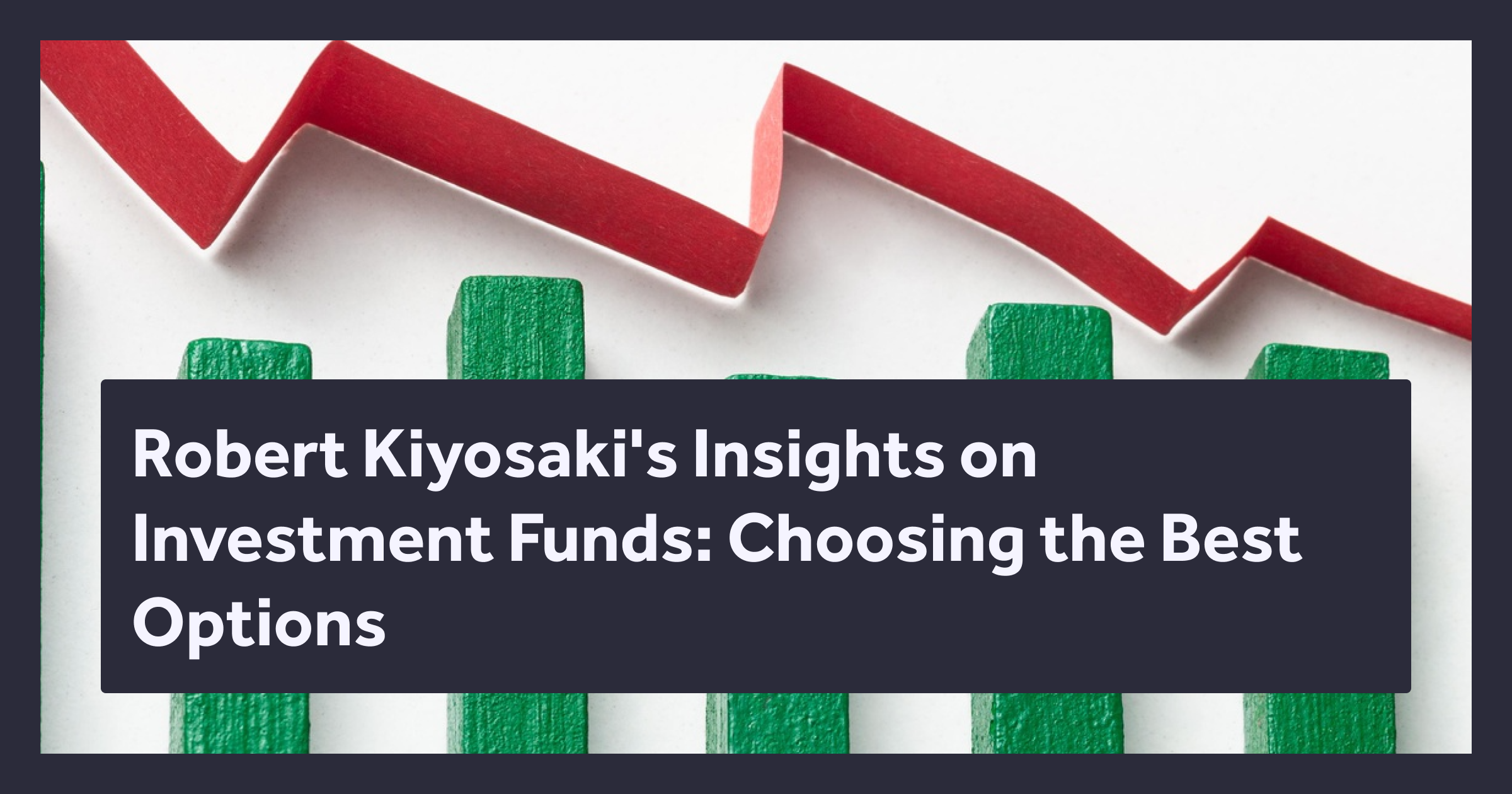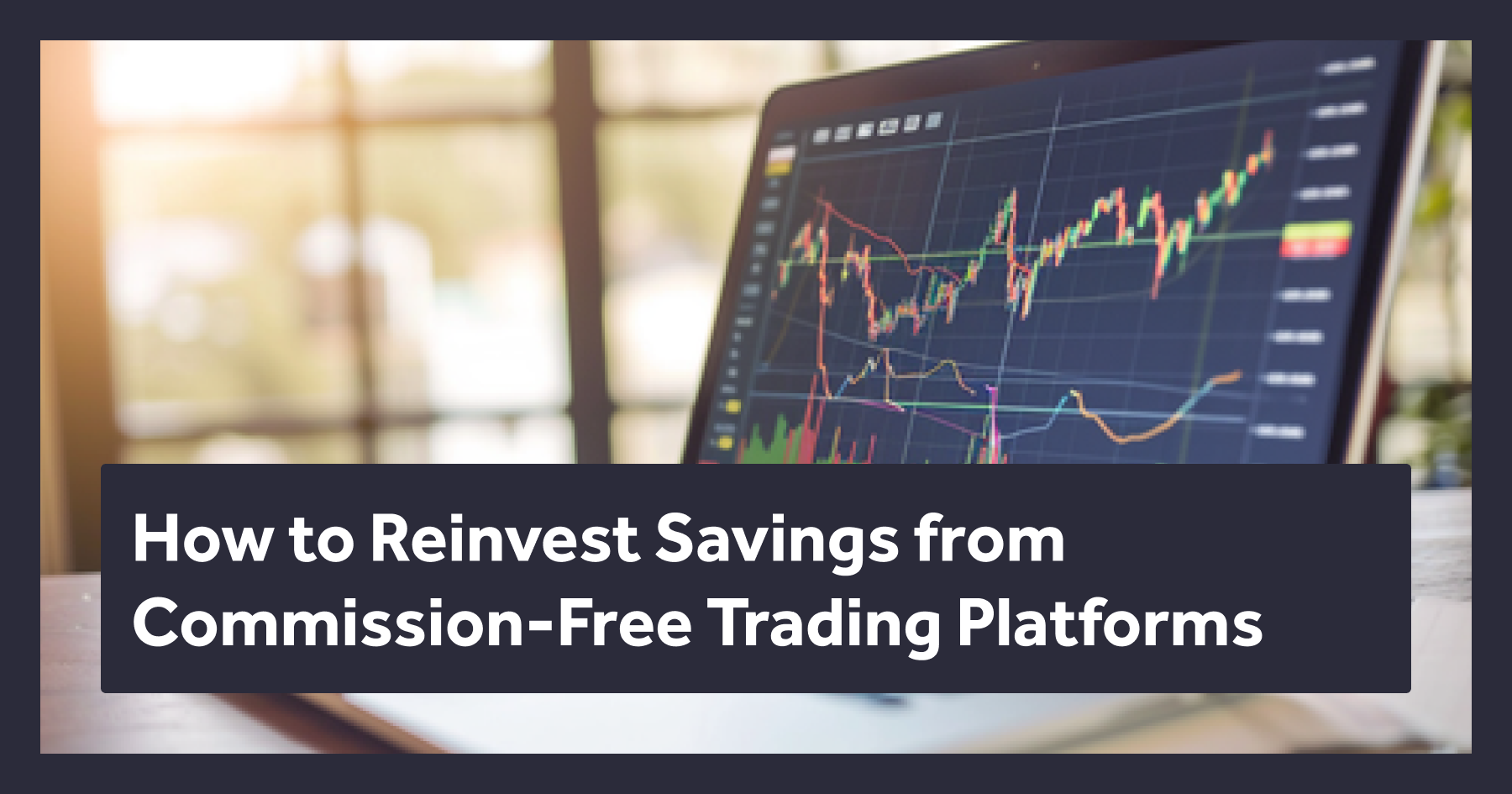This Article Explores

Tokenization of precious metals is the process of representing physical metals, such as gold, silver, platinum or other precious metals, as digital tokens on a blockchain.
Blockchain technology, which underlies cryptocurrencies such as Bitcoin and Ethereum, provides a decentralised and transparent ledger where transactions can be recorded securely. When precious metals are tokenized, each token represents a fraction of the underlying asset. For example, if a kilogram of gold is tokenized, it can be digitally divided into 1,000 smaller units, each unit representing a specific amount, such as one gram. These tokens can be bought, sold or transferred electronically, allowing investors to gain exposure to gold without physically owning or storing it.
EDUCATING THE INVESTMENT COMMUNITY ABOUT TOKENIZATION IS CRUCIAL. TOKENIZATION REPRESENTS A SIGNIFICANT SHIFT IN HOW ASSETS ARE OWNED, TRADED AND MANAGED.
Broadening the Investor Base
Tokenization offers important benefits for investors and the broader financial ecosystem. It provides fractional ownership, enabling individuals to invest in smaller denominations of assets that may have been previously inaccessible due to high entry costs. As such, tokenization promotes socio economic inclusivity and broadens the investor base for precious metals. It also presents ways to bring fungibility to assets deemed non-fungible and to financialise new markets (such as for diamonds). Another important aspect of tokenization is enhanced liquidity, marked by seamless and instant transactions. Tokens can be traded on digital asset exchanges 24/7, allowing buyers and sellers to interact directly without the need for intermediaries. This improves the efficiency of the market and reduces transactional friction, time and cost, potentially leading to tighter bid-ask spreads and improved price discovery. Smart contracts, which are self-executing agreements coded on the blockchain, can be incorporated into tokenised metals. These smart contracts enable additional functionalities, such as automatic dividend payments, interest accrual or even the integration of complex financial instruments tied to the performance of the underlying precious metals.
Furthermore, tokenization brings transparency and immutability to the ownership and transaction history of an asset. The blockchain ledger records every transaction, providing a transparent audit trail that can be easily verified by participants. This transparency can help combat fraud, counterfeit metals and greenwashing, and can improve trust in the system. The above potential benefits make tokenization a clear choice for producers (miners, refiners) and issuers, who want to increase investor adoption while maintaining control over their inventory. However, tokenization of precious metals comes with challenges and blind spots that, if not addressed, could slow adoption and harm investor confidence.
Auditing and Authenticity
Precious metals such as gold, silver and platinum, as well as precious stones such as diamonds, have been trusted as a store of value for centuries. When these metals are tokenized, it becomes essential to establish mechanisms that verify the authenticity, purity and ownership of the physical assets represented by the tokens. “Establishing the authenticity and provenance of the underlying physical assets is not as simple as creating a digital twin but must be integrated into a robust ecosystem,” said Eyal Alon (VP, Malca-Amit, USA). “Gold is no exception, and some of that ecosystem already exists in the form of the LBMA Good Delivery List, the secure and trusted chain of custody provided by the custodians, and continual audits. Standardisation globally would be critical for full tokenization to truly function properly.”
Without proper due diligence, there’s a risk of counterfeit metals and fraud. Establishing strong tech architecture, retaining independent auditors and developing tools for direct ownership verification mitigate these risks and enhance investor confidence.
“For the tokenization of precious metals, the hurdles come in bridging the physical world and the digital world together in terms of processes. It is not enough to just claim that a digital asset is backed, you must prove the backing, and this involves using streamlined processes to ensure the underlying physical asset is always safely secured,” said Zac McKenna (Head of Digital Assets, Brink’s).
Besides authenticity and verification, “identity is a critical factor for mass adoption of digital gold tokens,” added Tredeshnee Naidu (Director, Responsible Gold, Qenta). “Custody of gold is handled differently by digital gold products and can be opaque both amongst the protocols, as well as from country to country.”
At present, the lack of global and protocol standardisation poses one of the challenges around the tokenization of precious metals.

THE LACK OF GLOBAL STANDARDS IN TERMS OF REGULATIONS AND TAXONOMIES IS A SIGNIFICANT CHALLENGE FOR EVERYONE TOKENIZING PRECIOUS METALS.
Custody and Redemption
Physical metals require secure storage and protection to maintain their value. Using regulated, approved custodians, both for physical and for digital assets, is critical for establishing market confidence. Trusted custodians and procedures ensure the security and integrity of the underlying assets, facilitate redemptions and liquidity, help with regulatory compliance and mitigate risks associated with the physical commodities. “Another component that is vital for any physically backed digital asset is redemption. For a digital asset to be truly backed physically, you must be able to submit the asset for redemption at any time,” stated Zac McKenna. “What many do not realise is that the system in place must be able to handle redemptions while maintaining strong tokenomics that enable the digital asset to match the true market price of the underlying asset.”
In a new and often controversial space, the subject of redemption is important when building market trust. Even before inquiring about auditing processes or KYC procedures, investors frequently raise questions regarding redemption. Unfortunately, issuers often underestimate the weight of this aspect, and it ends up as one of the blind spots of tokenization.
Regulations and Compliance
Security applies not just to safeguarding the physical or digital asset, but to the entire ecosystems. Issuers and buyers, in most jurisdictions, are subject to regulatory supervision and must adhere to certain standards and processes, such as KYC and AML.
“Tokenized ownership of precious metals creates significant issues for maintaining control of KYC processes. Once precious metals are tokenized and issued onto a public blockchain, managing or controlling the ownership of these tokens becomes an intricate task,” said Paul Kelley (Sales & Partnerships, Trovio). “It is a significant challenge to ring-fence ownership of such assets, and the global nature of blockchain networks creates potential crossborder transfers that were not previously possible. Robust measures are being developed to address and mitigate this issue.”
The lack of global standards in terms of regulations and taxonomies is a significant challenge for everyone tokenizing precious metals.
Tokenization operates within the framework of existing financial regulations; however, different jurisdictions have varying regulatory frameworks governing digital assets, creating complexities when dealing with tokenized metals. Tredeshnee Naidu added: “Currently, the regulation of payments and digital assets varies significantly by country around the world. In the absence of uniformity and clear-cut guidelines, the cost of a global solution connected compliantly to local markets is high.”
Liquidity, Volatility and Market Dynamics
Tokenization enhances liquidity by enabling fractional ownership and peer-to-peer trading for precious metals. However, maintaining a balanced market with sufficient participants is crucial for liquidity and efficiency.
Issuers of commodity tokens must engage top market makers and establish robust volumes to attract exchanges and partners. Small issuers face a ‘catch-22’ situation as they need liquidity but struggle to access exchanges or secure partners due to their small size. Additionally, managing price volatility and fair pricing mechanisms is essential for investor confidence and market stability in tokenized metals markets. Precious metals, such as gold and silver, can experience price volatility due to various factors such as economic conditions, geopolitical events and investor sentiment. Tokenized precious metals are not immune to these market dynamics.
“A faster transition cycle might lead to greater volatility in the market,” according to Eyal Alon. “Gold has traditionally been seen as a stable investment and so increased volatility may drive traditional investors to less volatile assets.”
Education and Awareness
“Looking beyond precious metals, as we financialise diamonds as a regulated asset class, tokenization has helped solve prior roadblocks of fungibility and liquidity. That said, challenges remain, especially investor education,” said Cormac Kinney (Founder and CEO, Diamond Standard).
Educating the investment community about tokenization is crucial. Tokenization represents a significant shift in how assets are owned, traded and managed. By educating the financial community, we foster a better understanding of the potential benefits and risks associated with tokenization. This knowledge empowers investors and industry professionals to make informed decisions, effectively assess opportunities and navigate the evolving landscape of tokenised assets. Furthermore, as tokenisation continues to reshape traditional financial markets, education ensures that regulators, policymakers and stakeholders are well-informed, enabling the development of appropriate regulations and frameworks that protect investors and promote market integrity.
Overcoming the lack of education and awareness requires industrywide collaboration. In a $12 trillion market, competition is possible, but fragmentation and a lack of coordinated educational effort hinders tokenization. To drive progress, token issuers and precious metals producers must align interests and work together on educating the wider financial community and spreading awareness about the benefit of tokenizing precious metals.
Market Readiness
Tokenized precious metals face a challenge: they don’t fully resonate with traditional or crypto communities. Traditional investors see them as risky due to blockchain technology, while digital investors find them not ‘crypto enough’ due to their ties to commodities. Merging legacy markets with innovation is challenging, as finding individuals who appreciate both aspects is still rare. Consequently, companies tokenizing commodities struggle to secure capital and widespread adoption.
Furthermore, current issuers are innovators by necessity, as the technology, processes and applications they need are largely non-existent. Bruce Kamm (CBO, LODE Labs) said: “The operations, time, technology and capital-intensive requirements to create a mineto-mobile supply chain with sustainable mining practices was ahead of its time. And, for small to mid-size family-owned mines to increase production comes with challenges related to safety, environmental controls, their lack of capital and limited access to formal markets. Centralising production with end-to-end supply chain processes enables us to become a key producer of Mexico’s silver and gold, and for mines to provide a better product that will help billions of people facing inflation and currency devaluation.”
While the large investment community still seems hesitant, early adopters of tokenized precious metals stand to benefit greatly. Tokenized precious metals offer value beyond trading, with potential applications including cross-border payments, settlement systems and cryptocurrency issuance. Advocates of dedollarisation and those concerned about fiat currency erosion will find tokenized precious metals to be an ideal alternative.
Tokenizing precious metals has the potential to revolutionise investing and trading. However, challenges remain, such as verifying authenticity, custody, seamless redemptions, liquidity, regulatory complexities and investor education. Overcoming these hurdles is crucial for a sustainable and trustworthy tokenized precious metals ecosystem. As technology and regulations evolve, we can anticipate further innovation and growth in this field, shaping the future of finance.




